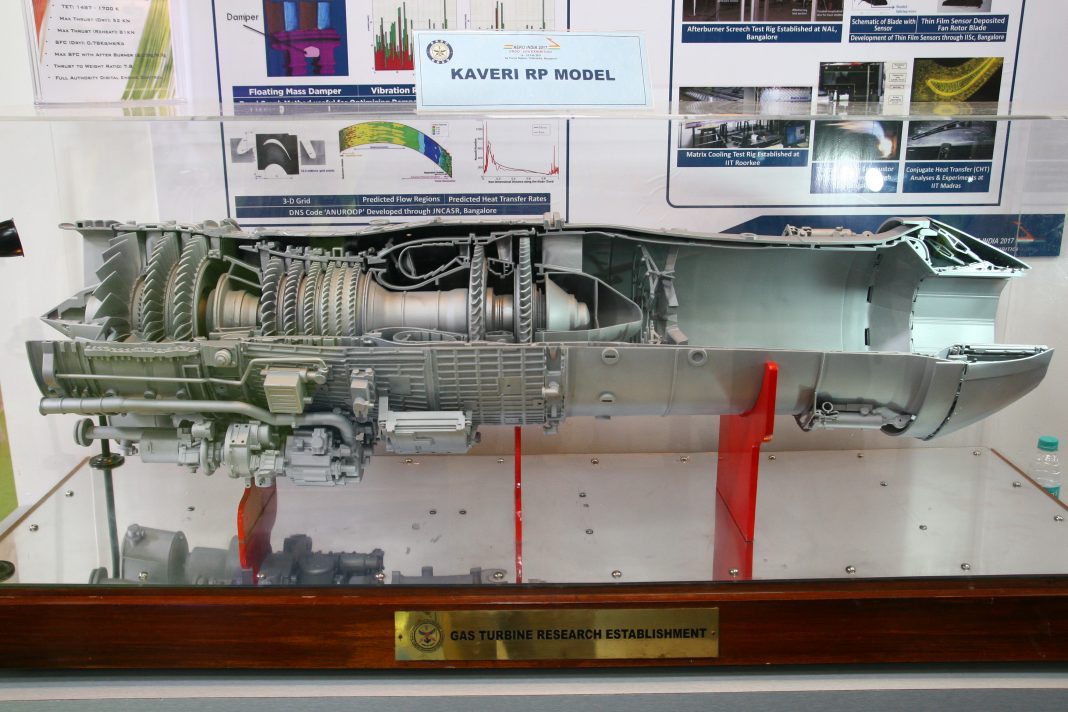Developing a modern low-bypass turbofan (LBTF) jet engine was never going to be easy. Especially, for a country that had never really invested in jet engine development, apart from attempts at upgrading imported engines and building some indigenous demonstrators.
As such, the Gas Turbine Research Establishment (GTRE), India’s premier jet engine systems laboratory and a part of the Defence Research and Development Organization’s (DRDO’s) Aeronautics Cluster, has laboured on since the 1990s to come up with the GTX-35VS Kaveri LBTF design. It should be noted, that this design was first conceived at a time when GTRE did not really have access to proper computational fluid dynamics (CFD) tools or could refer to substantial legacy wind-tunnel studies.
The amount spent on the Kaveri project thus far is about Rs 2133 crores, which is a fraction of what developing such a LBTF from the ground-up would have cost in the West.
Kaveri prototypes have nonetheless managed to demonstrate some of the project’s headline design goals such as a maximum of 52 kilonewtons (kN) of thrust in dry (unaugmented) mode. Not one of the existing pool of prototypes however has been able to meet the 81 kN thrust target in reheat (afterburner) mode. In this department, the maximum thrust ever achieved has been around 78 kN.
Issues that need to be addressed
Aside from the afterburner thrust shortfall issue , the Kaveri design hasn’t yet yielded a flight-worthy prototype either. The existing prototypes suffer from certain design-related issues which will have to be addressed before a Kaveri prototype can be deemed flight-worthy. The occurrence of these issues is pretty-standard in the course of jet engine development and not unexpected.
The key problems encountered by the Kaveri design, according to sources who have formerly been associated with the program, are:
- Unacceptable levels of fan-blade flutter risk – It seems that the Kaveri intake may need some redesign to reduce the chances of stall inducing self-excited vibrations (flutter) being experienced by the engine’s duct fan blades.
- Reheat oscillations – Kaveri prototypes currently experience significant combustion oscillation in their augmentors/afterburners. This also has an impact on specific fuel consumption during reheat.
- First stage low-pressure compressor blade vibration – The Kaveri’s first stage low-pressure compressor is also experiencing worrisome levels of rotor blade vibrations at the moment.
The issues delineated above have been deemed rectifiable by those in the know. But it seems outside consultancy support will be needed for the same. That, is a story for another day.
Featured Image: Scale model of GTRE’s GTX-35VS Kaveri Low-Bypass Turbofan Engine. Credit: Sriram Thiagarajan
© Delhi Defence Review. Reproducing this content in full without permission is prohibited.
































